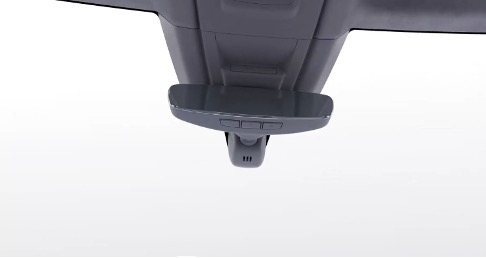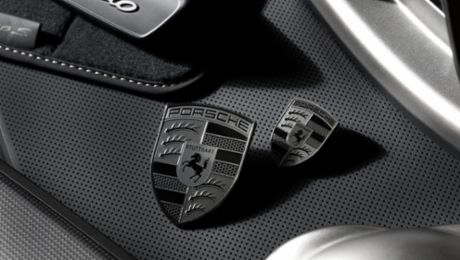The quality study by the US market-research institute J.D. Power uses customer surveys to assess the quality of new cars in the US. The Porsche brand has ranked first among premium brands in the Initial Quality Study (IQS). About 100,000 US owners of new cars, across more than 200 models and more than 30 brands, were asked about possible distinctive quality features as part of the study.
“The awards are a great achievement, to which the whole team has contributed,” says Christian Friedl, Vice President Corporate Quality at Porsche. “Quality is more than just monitoring success at the end of the production line. It starts with feedback from our customers, flows into the concept, influences the entire product development process and ends with the support of our customers in the retail sector.”
Vehicle quality and customer satisfaction
The J.D. Power VDS (Vehicle Dependability Study) and APEAL (Automotive Performance, Execution and Layout) study analyse vehicle quality and customer satisfaction. VDS examines three-year-old vehicles and assesses the long-term satisfaction of customers. The APEAL study focuses on new cars and measures their design, performance, safety, user-friendliness, comfort, and perceived quality.
In the APEAL study, the Porsche Taycan was named the best model in the Upper Midsize Premium Car segment. Kevin Giek, Vice President Model Line Sedans, received the award. The Porsche 718 received the Platinum Award for the most reliable model in the VDS study, presented to Michael Rösler, Managing Director Complete Vehicle Product Line 911.
.jpg/jcr:content/204A6490%20(1).jpg)
HomeLink and Co.: implemented customer feedback
These positive results have not come about by chance; they are the result of comprehensive measures. Carrera Online highlights selected topics where customer feedback has been directly incorporated into the development of series production cars.
HomeLink
In the past, many customers thought the integrated garage door opener was complicated, as they needed to go through several steps in the Porsche Communication Management (PCM) to activate it.
Since the last model generation of the Cayenne, physical buttons have been introduced on the interior mirror that can control up to three garages.
Cooled charging cradle
During inductive charging, mobile phones can heat up considerably. A cooled charging cradle provides a solution to this in current Cayenne, Panamera and Taycan models, with more model lines to follow.
As a positive side effect, the cooling effect has also allowed the inductive charging power to be increased to 15 watts.
Skip button on the steering wheel
The results of the Initial Quality Study (IQS) and subsequent data analysis showed that the assignable button on the steering wheel was frequently used by customers as a skip function – to skip from one song to the next. So Porsche introduced a specific ‘skip’ button on the steering wheel, freeing up the assignable button for other functions.
Air conditioning
In the previous generation of the Cayenne, there were occasional customer complaints about fan noise in the air conditioning system. The feedback led to specifical improvements of the acoustic performance of the air conditioning in the product upgrade of the Cayenne, as well as in future projects. An optimisation is achieved through the so-called rear reduction. This function reduces the airflow as needed when the second row of seats is unoccupied, thereby minimising noise development.





